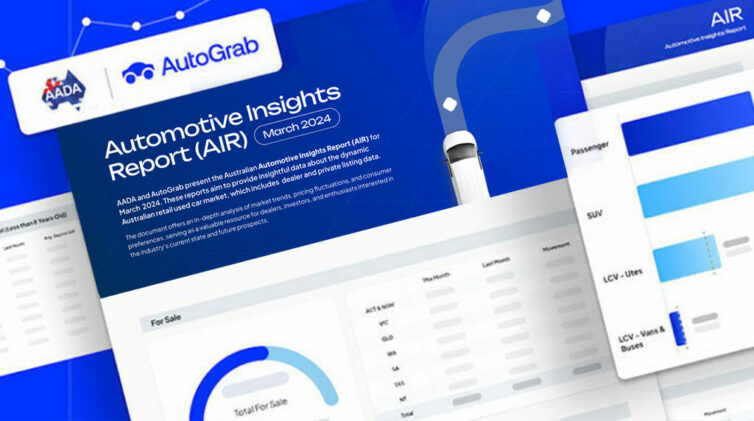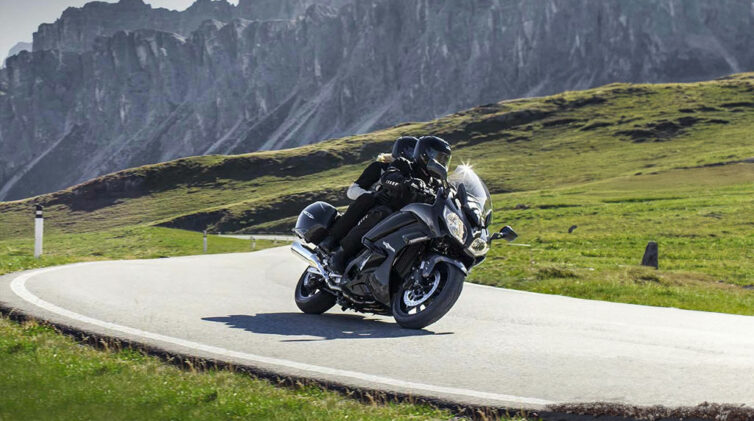As reported, several factors aside from individual supply issues, such as the declining housing market, bank credit squeeze, severe drought, weak dollar, stunted wage growth and upcoming federal election, contributed to the new-vehicle market’s contraction by 3.0 per cent last year, to 1,153,111 vehicles.
However, among the high-volume mainstream brands, Honda bucked this trend with its sales up 10.1 per cent, to 51,525 vehicles, thanks largely to the fifth-generation CR-V mid-size SUV’s first full year on the market, which saw its volume grow by 69.5 per cent, to 16,107 units.
As a result, Honda broke back into the list of top 10 brands, pushing Subaru out to 11th.
Kia’s record-breaking performance was also strong, finishing with 58,815 vehicles sold – a 7.5 per cent lift brought upon by its dominant Picanto micro car (5394 units, +62.3%) and emerging Stinger large car (1957, +288.3%), and healthy returns from other higher-volume models.
The Korean brand finished seventh overall, up from ninth last year and, this time around, just 1939 units shy of Holden in sixth.
Despite persisting with a two-model line-up, Isuzu Ute (27,640 units, +7.1%) notched up its 11th consecutive annual sales record since its inception in 2008 but fell just short of a 10th year of double-digit growth.
Mitsubishi also posted an all-time record, pushing past the 81,651 units it recorded in 1998 at the height of its position as an Australian manufacturer with 84,944 new registrations last year.
This was up 5.3 per cent on 2017 and due largely to incremental sales (7521 units) from its Eclipse Cross small SUV’s first calendar year in showrooms.
As a result, the triple-diamond brand moved up to fourth in the marketplace, leapfrogging Holden which struggled in its first full year as a full-line importer, its sales plummeting 32.7 per cent, to just 60,751 vehicles.
Most of the bleeding came from the Commodore large car (9040 units, -61.8%) that struggled in its transition from homegrown VFII to German-built ZB.

Up and up: Honda was the biggest improver among the top 10 brands last year, with its sales up 10.1 per cent on the back of its resurgent CR-V that grew by 69.5 per cent.
With an extra year after its final factory closure under its belt, Ford fared better, although its volume still fell by 11.6 per cent, to 69,081 vehicles, due to the sportscar bubble bursting on its Mustang (6412 units, -30.0%) and the long wait until its Focus small car’s (3875, -34.9%) generational change, which took place last month.
Suzuki also backtracked in 2018, with its sales down 8.6 per cent, to 17,601 vehicles, on the back of declining interest in its Ignis small SUV (1435 units, -40.4%) and soon-to-be-updated Vitara small SUV (5023, -13.5%).
Plenty of positive notes were also to be found among lower-volume mainstream brands, with Ram surging by 81.7 per cent, to 723 vehicles, thanks to incremental volume (491 units) from its more affordable 1500 pick-up launched mid-year.
Similarly, Mercedes-Benz Vans (7336 units, +35.3%) was bolstered by its X-Class ute (1545), while Skoda’s growth (5807, +8.5%) was propelled by its Karoq mid-size SUV (486).
On the flipside, several brands conceded significant volume, including Fiat (1158 units, -42.3%), Citroen (494, -32.8%), Peugeot (2838, -16.3%), Jeep (7326, -11.4%) and Renault (10,018, -7.3%).
The emergence of Chinese brands was another key development in 2018, with MG making its presence felt with a 401.2 per cent increase in sales, to 3007 vehicles, spurred on by the first calendar year of its ZS small SUV (1692 units) and the recently facelifted MG3 light hatch (564, +984.6%).
Fellow SAIC Motor brand LDV also smashed its own record, growing its volume by 135.0 per cent, to 6064 vehicles, thanks to its T60 ute’s (3210 units, +861.1%) first full year on sale.
Great Wall’s Steed ute-only model line-up did not falter, driving sales up 94.1 per cent, to 784 vehicles, although its Haval sibling was the only Chinese brand to stumble in 2018, dipping by 10.8 per cent, to 633 units, due the decline of its H6 mid-size SUV (180 units, -41.6%).
In the premium segment, Volvo posted its best result since local assembly in the 1970s, with its volume growing by 43.0 per cent, to 6693 vehicles, thanks to incremental sales from its XC40 small SUV (1588 units) and a stronger return from its XC60 mid-size SUV (2827, +49.5%).
Alfa Romeo’s volume jumped by 21.0 per cent, to 1279 vehicles, on the back of the arrival of its Stelvio mid-size SUV (347 units), while Jaguar’s sales grew by 7.9 per cent, to 2679 units, thanks to its debuting E-Pace small SUV (973).
Conversely, Land Rover (10,089 units, -23.1%), Infiniti (649, -16.4%), Maserati (642, -13.2%), Mercedes-Benz Cars (32,201, -13.1%), Porsche (3909, -12.8%) and Audi (19,416, -11.8%) lost plenty of ground in the shrinking market.
By Justin Hilliard














 Read More: Related articles
Read More: Related articles

